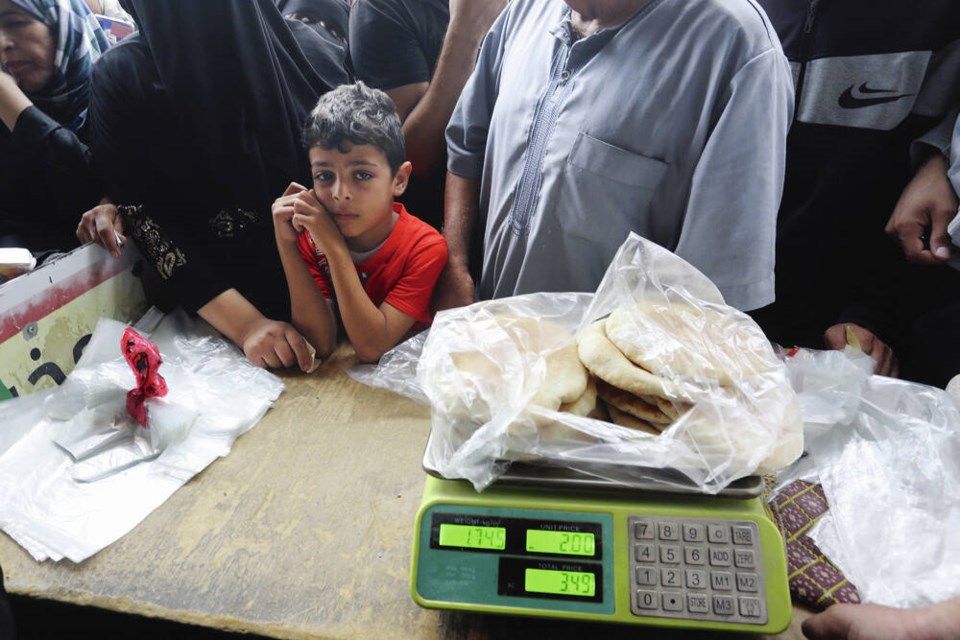My oh my how the TV news channels do love a war. Brave news anchors dressed in camo gear report over explosions while tanks, armoured vehicles and men with serious weapons pass by.
The broadcast then cuts away to videos of child-size body bags being carried away from a bombed hospital while adults comb through the rubble with their bare hands.
As a child, I knew nothing of war like this. War was something far away, not in our living rooms.
Given the 24/7 availability of all this horror in the current era, it becomes essential, even critical, for parents to give some thought to what children, especially preschool children, need to know about all this.
Very young children, for example, do not need to learn specifics about conflicts they could not be expected to understand. More importantly, they should be reassured that “the war is far away and we’re safe.”
If a child asks “Why are they fighting?” a reassuring response could be something along the lines of: “They’re fighting over who should be in charge but it is far away from here.”
It takes vigilance, but child psychologists agree it is best to keep the news out of range of young children who can be frightened by images and videos of the horrors of war, especially the kinds of war being waged against civilians in their homes — ordinary people like mom or dad.
Kids will also be especially troubled by images of other children who are in danger or who have suffered injury or loss.
Starting with relatively young children who are still not able to distinguish news stories from their own realities, vivid news of death and destruction come through a variety of platforms and sources.
Today’s tech-smart kids can be inundated with information, different perspectives, and even graphic images and videos of urgent “breaking news” that show up on favourite YouTube sites, TikTok, Instagram, or even via Facebook “friends.”
Older teens may be better at superficially understanding the significance or complexity of situations, but still face challenges when it comes to sifting fact from opinion — or misinformation.
That is still a challenge for them when delivered by authoritative-sounding TV news anchors accompanied by gruesome images of mutilated bodies in Israel and blasted apartment complexes in Gaza or Kyiv, which are as close as a few swipes away on the iPads they use for their homework.
A constant stream of upsetting images and headlines can make it feel like the crisis is all around us.
Even after a lifetime of being a hardened news junkie, I sometimes feel that way myself.
In 2023, even adults have to work hard not to be touched, however fleetingly, by wars that appear in our homes every evening.
True, we live in one of the more peaceful periods of world history compared to the vast international reach of the first and second world wars.
Today’s wars are conducted in relatively restricted locations. But our kids, even older kids, do not have that life perspective.
War for them is cruel and happening now. For today’s kids, conflicts in places like Ukraine and Israel have a visual immediacy that wars of my childhood did not.
Even as a first-year student at Sydney University in 1960, I was only vaguely aware that some of my classmates were refugees from the 1956 Hungarian Revolution, teenagers who themselves had actually thrown stones at Russian tanks rumbling through the streets of Budapest.
I knew nothing of the politics or bloodshed in the streets of that event, just that these kids were refugees and a war I did not understand had taken place very far away, in another country.
In today’s interconnected world, however, images of war can sow fear and anxiety while stoking support for one side or the other.
It is from that daily immediacy and proximity to adult inhumanity that the joys and illusions of childhood need to be protected.
As Pope Francis said: “Wars shatter so many lives. I think especially of children robbed of their childhood.”
Geoff Johnson is a former superintendent of schools.



